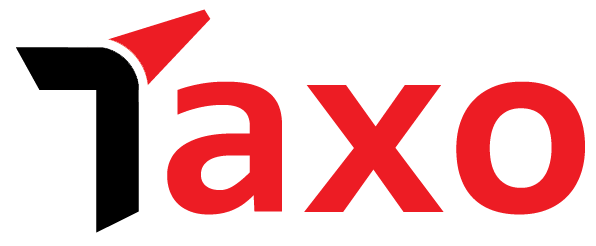 The new invoice management system under the GST regime, designed to eliminate unbilled transactions across the country, has been met with widespread criticism from taxpayers and industry experts alike. While the government aims to ease compliance burdens, several of the recently introduced measures, intended to simplify the process, have instead proven difficult to implement in practice, causing frustration among those required to adhere to them.
The new invoice management system under the GST regime, designed to eliminate unbilled transactions across the country, has been met with widespread criticism from taxpayers and industry experts alike. While the government aims to ease compliance burdens, several of the recently introduced measures, intended to simplify the process, have instead proven difficult to implement in practice, causing frustration among those required to adhere to them.According to several representations that have been sent by the industry to the government, sources told CNBC-TV18 that “the system has not been well accepted by the taxpayers and thus, the industry is sending representations seeking some relaxations or delay in making it mandatory for all.”
“At the heart of the issue is GST’s data-intensive design, which assumes that every supply—both sales and purchases—will be consistently reflected across a web of digital filings and databases: from GSTR-1 and GSTR-3B to Form GSTR-9, the e-invoice portal, and income tax systems like Form 26AS,” sources added.
Something that might sound simple and easy is definitely an additional cost across taxpayers, who are currently sitting with either manual paper bills/slips or a basic accounting system, which is not as per the prescribed invoice format by the GSTN—the IT backbone of the government in the GST regime.
Also, any discrepancies in the chain of return forms filed based on this system is believed to raise a red flag for the GST authorities to initiate an action, which will also be reflected in the income tax returns, and thus, not just the GST authorities but the income tax authorities will also investigate the same. In short, raising the risk of getting both GST and income tax notices for a taxpayer for a basic human error or discrepancy in adopting this system, sources added, citing the intent of the representations.


